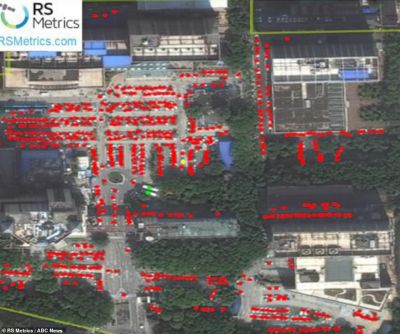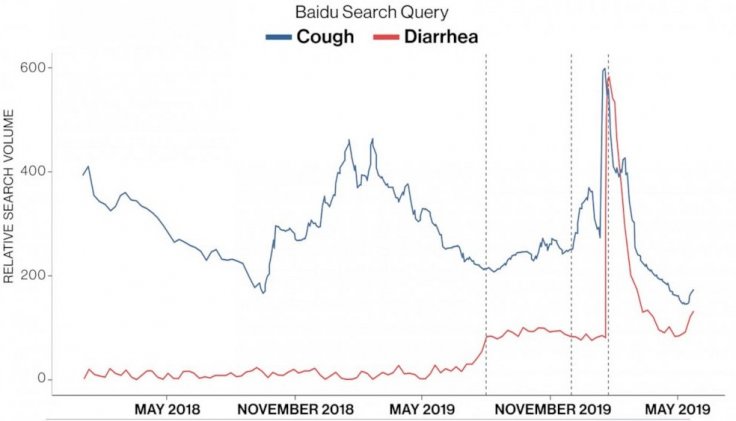After Harvard Medical School research team published a study claiming that Coronavirus might have begun spreading as early as August last year, China hit back, saying that it was "ridiculous" while some of the scientists too weren't convinced.
The research team, led by Dr John Brownstein, analyzed commercial satellite images which suggested that traffic around hospitals in Wuhan, China where the first case emerged, witnessed a spike in late August and early September. They also studied the symptom-related internet search queries such as 'cough' and 'diarrhea' — later associated with COVID-19 symptoms — to come to that conclusion.
"While we cannot confirm if the increased volume was directly related to the new virus, our evidence supports other recent work showing that emergence happened before identification at the Huanan Seafood market," the research said.
"These findings also corroborate the hypothesis that the virus emerged naturally in southern China and was potentially already circulating at the time of the Wuhan cluster," it added.



Extremely Preposterous
The current theory relating to the origin of the zoonotic virus is that it originated in bats and then moved to an unknown animal and then to humans via the Wuhan's Huanan Seafood market in late November or December. China thus reported it to the World Health Organization (WHO) in late December.
Although the study managed to build a credible timeline of the COVID-19, considering some of the French athletes at the Military World Games, which Wuhan hosted in October (18-27), also fell ill with similar symptoms, Chinese Foreign Ministry spokesperson, Hua Chunying dismissed the claims.
"I think it is ridiculous, extremely preposterous, to come up with this conclusion based on superficial observations such as traffic volume," she said.

Scientists Not Convinced
The study didn't manage to convince some of the scientists either. Paul Digard, Professor of virology at the University of Edinburgh told Reuters that although "it is an interesting idea with some validity", the data didn't actually identify the cause and only correlated. He believes a controlled analysis of other Chinese cities outside China's Hubei province would have been more convincing.
"Using search engine data and satellite imagery of hospital traffic to detect disease outbreaks is an interesting idea with some validity. However, it is important to remember that the data are only correlative and as the authors admit cannot identify the cause of the uptick," Digard said.

Keith Neal, a professor of epidemiology of infectious diseases at Britain's Nottingham University, said that the study included traffic data of at least one children's hospital in Wuhan and in that season, children get sick with flu which has similar symptoms to COVID-19. "It's an interesting piece of work, but I'm not sure it takes us much further forward," Neal added.
Dr Eric Topol, director of the Scripps Research Translational Institute, and Dr Amesh Adalja, an infectious disease expert at the Johns Hopkins Center for Health Security, also doubted the study's claims that the disease began spreading in August.
Topol said that the "research method is not validated and is very indirect and imprecise" and based on the genetic evidence so far, although the virus made the jump from animal to humans in fall (September-November), the outbreak didn't begin in August.









